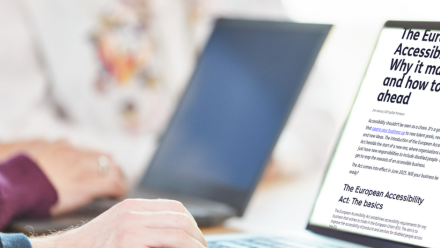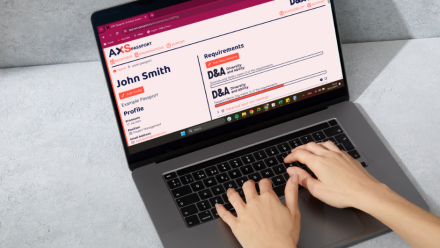World Mental Health Day 2023: Can we achieve ‘universal mental health’?
5th October 2023 by Ellie Thompson
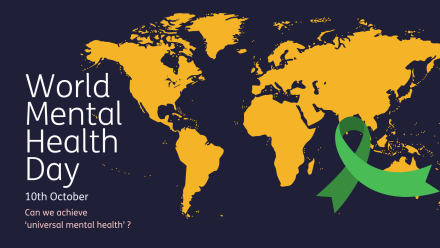
Can we achieve ‘universal mental health’?
This World Mental Health Day’s theme is “mental health is a universal human right”. It doesn’t sound like a particularly controversial statement. But the barriers that stand in the way of it becoming a reality couldn’t be more complex.
Does the social model of disability apply to mental health?
When we deliver workshops on mental health and wellbeing, we always use the social model of disability as our framework. We know you can’t separate disability justice from mental health, because the societal barriers that stand in the way of our participation have mental health impacts, and experiences of mental distress or ill health are similarly barrier-ridden.
But another useful framework to introduce to conversations is the social model of distress. We interviewed Nick Povey, Training and Innovations Coordinator at Diversity and Ability, to find out more.
What is the social model of distress?
“The social model of distress reframes our understanding of mental health and mental distress. Rather than seeing mental distress as an individual, medical ‘problem’, the social model interprets mental distress as a response and reaction to the way that society exists and functions.
World Mental Health Day throughout the years has shown us a progression towards destigmatising mental health and mental illness. But this social progress seems limited to specific conditions- for example, depression and anxiety- while others, like psychosis, remain stigmatised and undersupported.
And, what’s more, why hasn’t the apparent decrease in stigma, or apparent increase in the availability of mental health services, lessened the levels of mental distress in society?
A true acknowledgement of the social model of mental distress invites us to go beyond accepting mental ill health as a normal, inevitable and expected fact of life. It invites us, instead, to question where distress comes from, what causes it, how we define ‘good’ mental health, who gets to define it and what interests those definitions serve.”
So, how can we make World Mental Health Day meaningful?
“You might have heard of Maslow’s Hierarchy of Needs. It’s a framework often used to categorise and prioritise different parts of human motivation and behaviour.
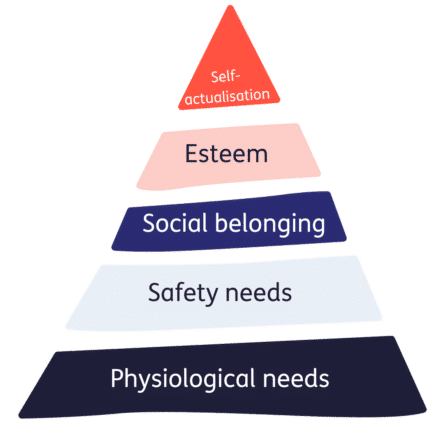
Recognising that mental health and physical health are equally important is a good place to start. But, in line with the social models of distress and disability, we should see ‘health’ as one holistic whole, where the physical and mental exist in symbiosis.
We may all agree that mental health is a universal human right. But what would we need to create and maintain a state of universal health?
Maslow’s hierarchy tells us we start with ensuring that everyone has free and equal access to air, water, food, shelter, sleep, clothing and reproduction.This isn’t the case; so, how can we practically focus on ensuring health and mental well-being?”
It’s why D&A advocates for intersectional disability justice. The global socioeconomic and socioeconomic crises are inherently intersectional. It’s clear when we look at those most affected by the cost of living crisis in the UK, and when we recognise who suffers most significantly from the effects of climate change.
“Ultimately, rights are only meaningful if there are policies that make them materially possible.”
What about mental health in the workplace? What is within, and outside of, the control of workplaces?
“There are many practices that do go a long way in making workplaces as hospitable as possible, including:
- Generous sick leave policies that extend beyond legal minimums
- Flexible working, to allow individuals the space to respond to, and self-manage, mood fluctuations
- ‘Wellbeing days’; protected time off on full pay
- Access to free or subsidised counselling or coaching, in a format that works for the employee as an individual
“And these practices will only be constructive and supportive if they are actively and routinely promoted. There needs to be an organisational culture that normalises and encourages everyone to take full advantage of wellbeing practices. Leaders need to repeatedly demonstrate their personal and organisational commitment, modelling their investment so other members of staff follow suit.
“What’s more, any policy or practice will fall flat without a vital foundation: fair pay (that at least meets the national living wage), and job security. It’s a lot easier to engage in things like therapy if your thoughts and energy aren’t constantly bound up in worrying about whether you can pay your rent or afford food. Having a materially determined sense of safety and stability is absolutely essential for having the space to protect and nurture mental wellbeing.”
Feeling motivated to transform your approach to mental health in the workplace? Here’s where to start.
Stop the siloes.
Align your corporate social responsibility with your internal inclusion policies and practices. Atif Choudhury, CEO of Diversity and Ability, says “Too often, strands of D&I are put into silos. But global objectives like the UN Sustainable Development Goals take a more universal approach; none of the goals refers explicitly to disability justice, but their focus on equity and social justice does this inherently.” Read more about how the UN SDGs intersect with D&I.
Centre lived experience.
People with lived experience of mental distress, mental illness, and trauma need to be actively welcomed and included in the development of a mental health strategy.
We recommend a combination of supporting your staff team so they’re able to share the policies and approaches that would work best for them, while also acknowledging the knowledge gaps within your team and involving organisations led by those with lived experience. Organisations like the National Survivor User Network offer a network made up of those with lived experience of mental health challenges, fighting to enact meaningful change in mental health inclusion.
Put the policies in place; and follow them through
Create a comprehensive process of mental health support and inclusion with policies that are intersectional and accessible.
Explore an inclusive recruitment and adjustments review to make sure you’re doing everything in your power to foster a culture of open and honest conversations on mental health.
Authors’ Bios
Ellie Thompson
Ellie is Communications Lead at Diversity and Ability where she crafts and manages all communications, advocating for accessible and inclusive messaging. Ellie’s perspective as a disabled, neurodiverse, queer woman ensures her work is informed by personal experiences navigating disabling barriers in education and the workplace.
Ellie is a prolific contributor to journals and global online publications, sharing valuable insights on inclusive communication. She has also hosted and facilitated panels at inclusion events, including D&A’s inaugural conference and discussions at the House of Commons.
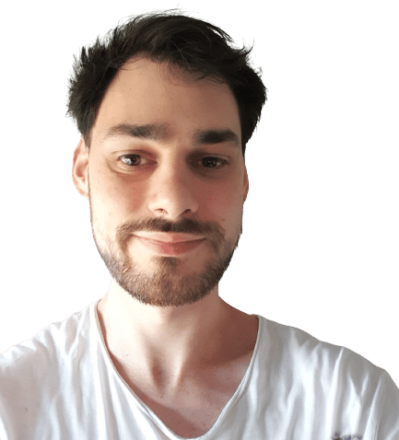 Nick Povey
Nick Povey
Nick is the Training and Innovations Coordinator at D&A, where he focuses on supporting our training and innovations team to deliver expert training and consultancy to organisations of all sizes. Nick joined D&A in August 2022, bringing a wealth of experience gained from working with mental health charities.
Nick is not only dedicated to his role at D&A but also brings a rich background in mental health advocacy and a love for music and adventure to his life outside of work.


